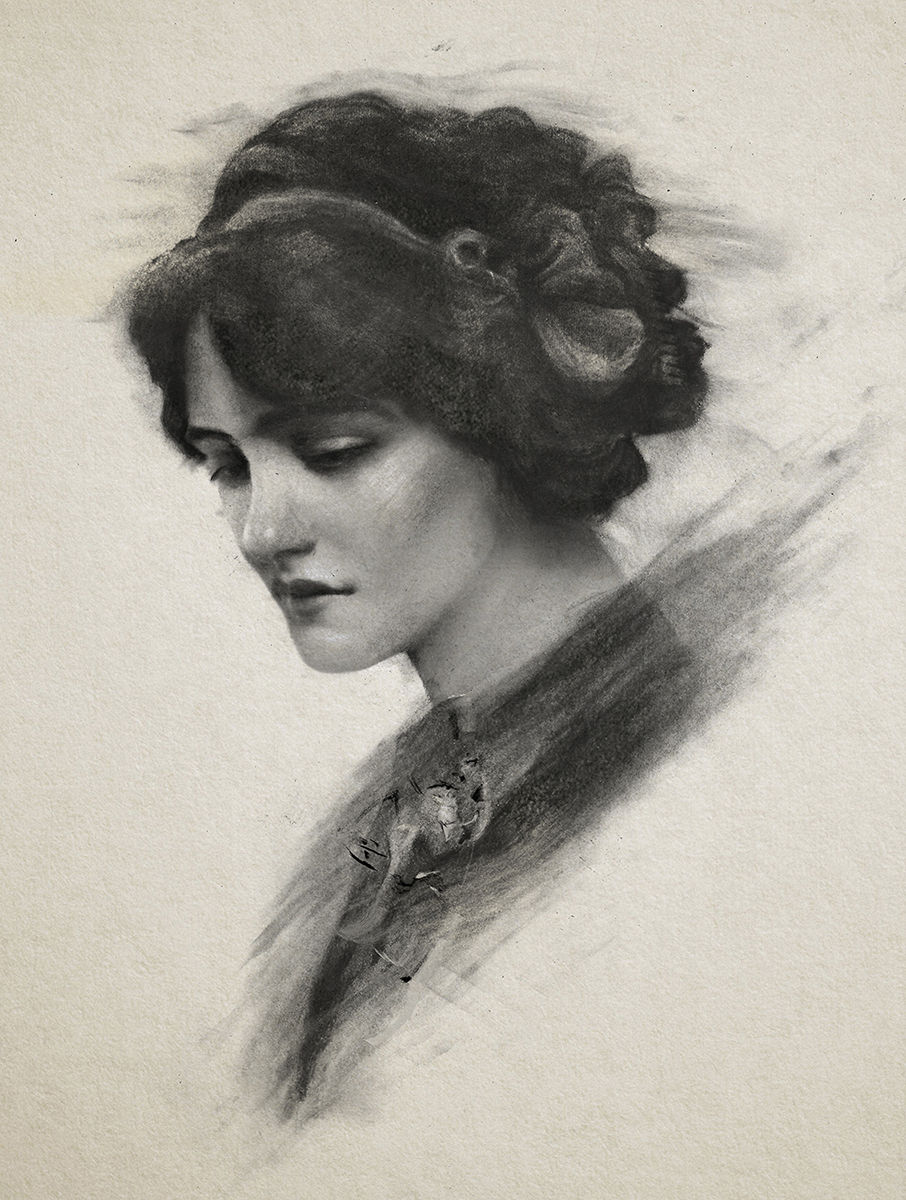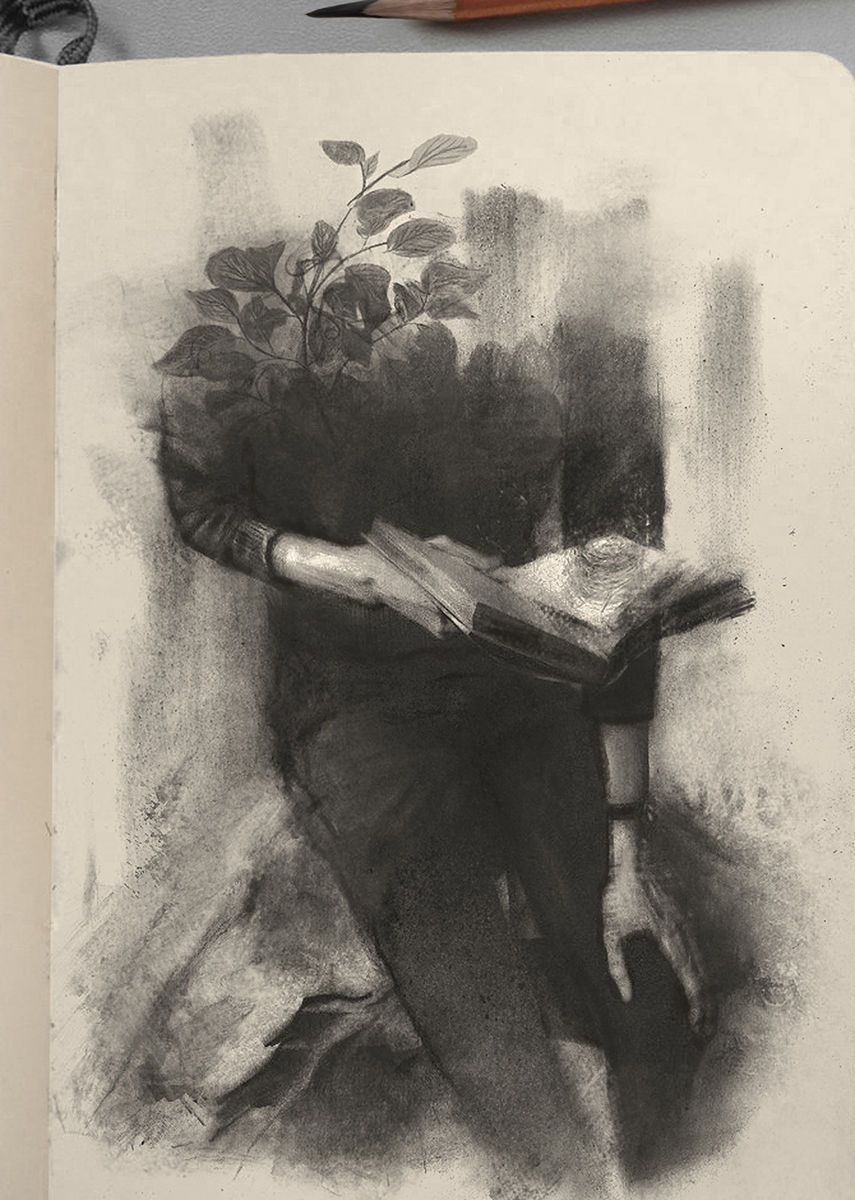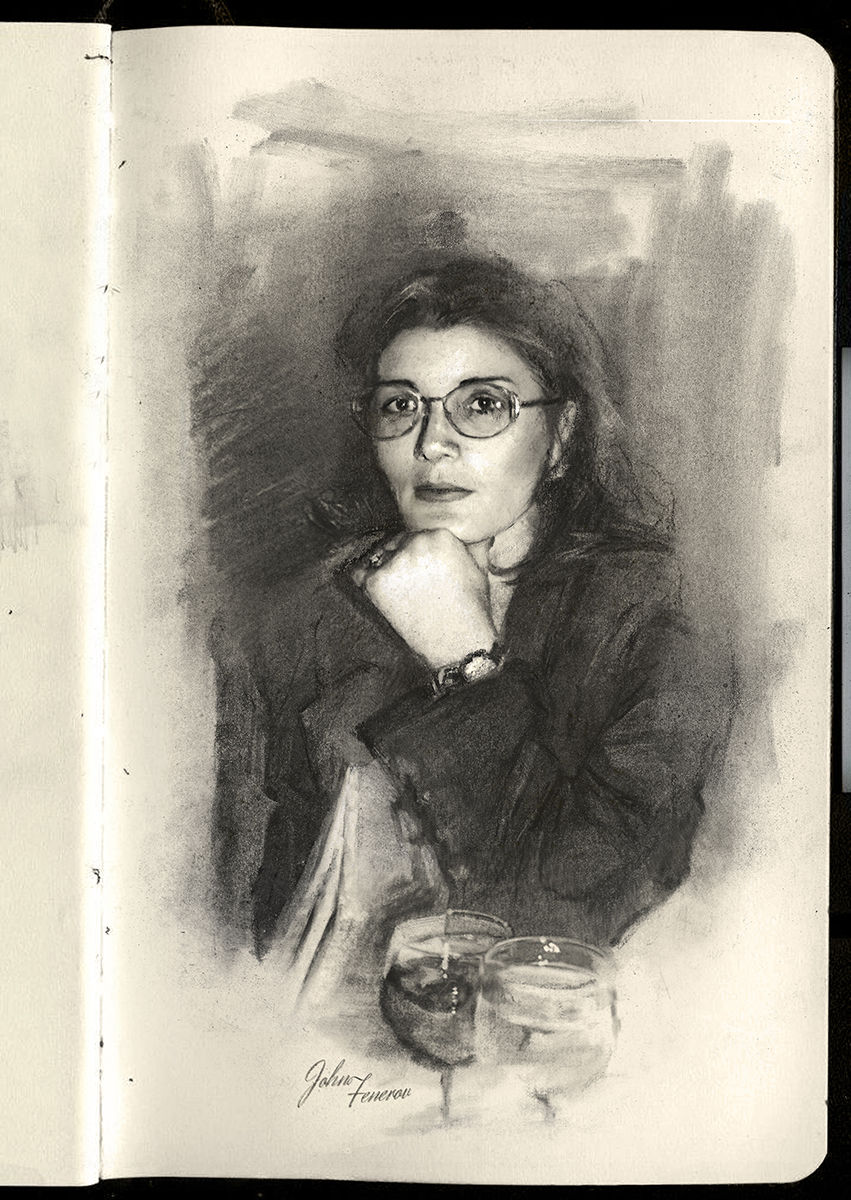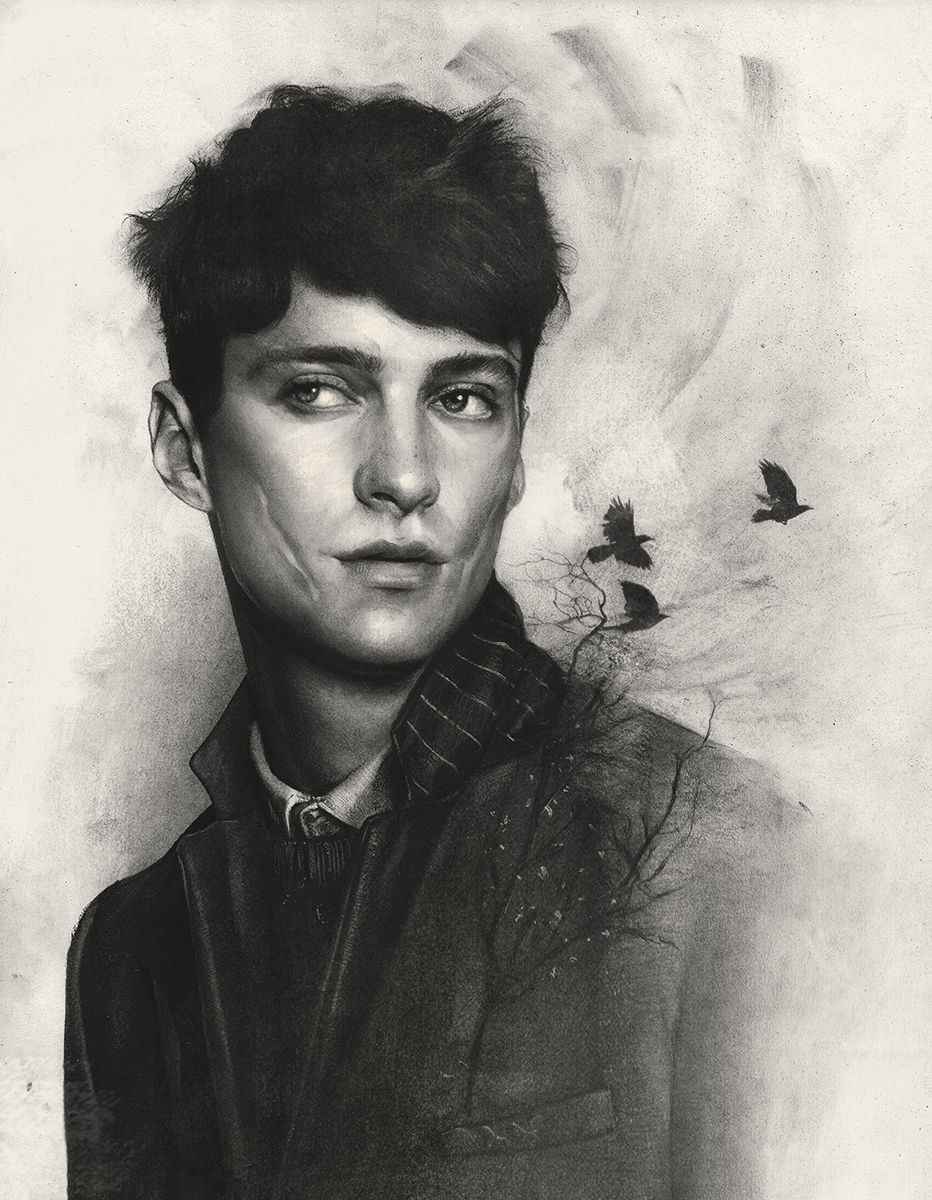- shellyrae1
- Jul 31, 2020
- 1 min read
Most artists will tell you that true art comes from within. And this is accurate. Unfortunately, many artists close the door to their inner artist in an effort to please the masses. I am 100% guilty of this.
I want to gain recognition. I want to be admired. I want to pay my bills. For these reasons, I take on commissions or do portraits of celebrities that I think people will want. While this is all well and good and I'd still rather be doing this than waiting tables or working in an office, it's not my truth.

I've had lots of ideas for art series or studies. Many of these ideas involve controversial topic such as sexuality, religion, the homeless, etc. I really want to make a statement with my art...but I'm scared. What if people don't like it? What if they judge me? What if they don't get it?
I see so many artists who don't appear to have such concerns. Many of them make waves, but it works for them. I've never been one to make waves. I am a people-pleaser. I'm a caretaker. I just want everyone to be happy.

But I need to be happy, too.
In my future artistic pursuits, I intend to unlock the door to my indifference and do what I want to do. Even as I write this, I'm terrified of what you will think. However, I've always believed in facing my fears.
So here we go....
#fridayfeature #art #artist #artistofinstagram #pencilart #pencilartist #graphiteart #graphiteartist #celebrityportraits #celebrityportrait #portraitartist #findyourtruth #truthinart #betruetoyourself















